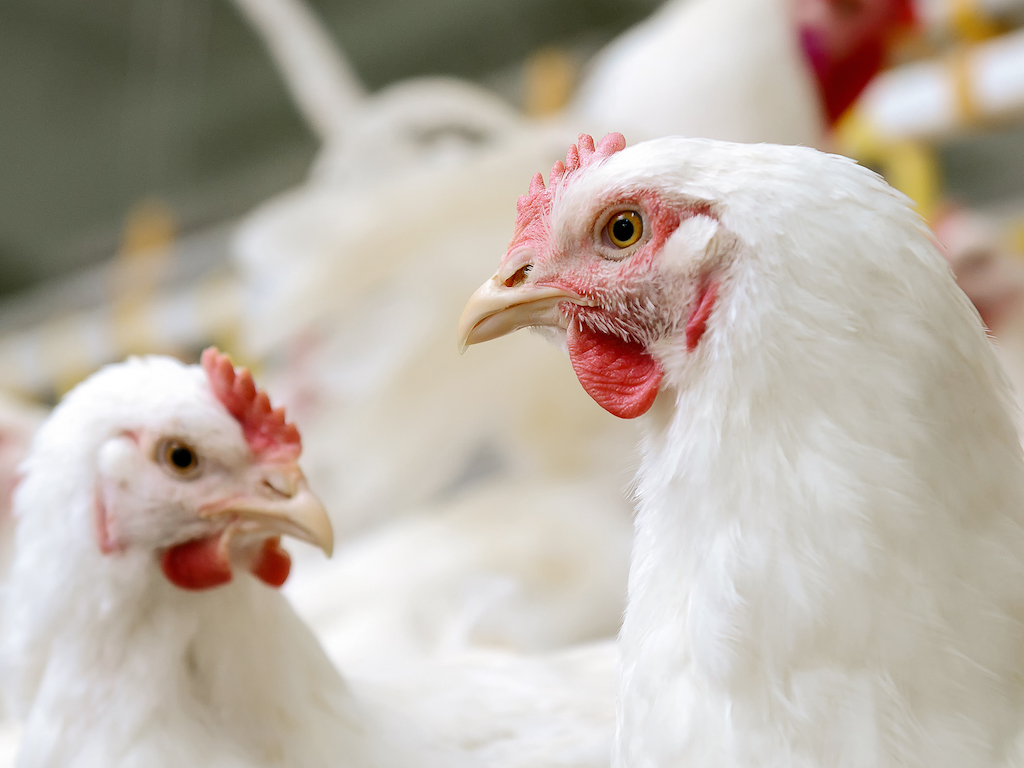Consistent egg production is a sign of happy, healthy hens. Most hens will lay their first egg around 18 weeks of age and then lay an egg almost daily thereafter. In their first year, you can expect up to 250 eggs from high-producing, well-fed backyard chickens. Then, egg counts will naturally decrease each following year with hens entering egg retirement around years six or seven.

There’s nothing like the first egg happy dance. Around 18 weeks of age, you can switch to a complete layer feed and expect your first farm fresh egg. From that moment on, the egg-anticipation is over and nearly every day brings a moment of celebration. But how long do chickens lay eggs? And do egg counts change as laying hens age?
Laying hens: How many eggs to expect
High-producing, well-fed backyard hens can lay up to 250 eggs per year. This is because it takes 24-26 hours to create egg, and hens take a natural break each year for molting – often as days get shorter in the fall.
When it comes to laying hens, the best chickens for eggs include: White Leghorn hybrids (white eggs), Plymouth Barred Rocks (brown eggs), Rhode Island Reds (brown eggs), Blue Andalusians (white eggs) or Ameraucanas/Easter Eggers (blue eggs). Dual-purposed breeds like Plymouth Barred Rock, Sussex or Buff Orpingtons will typically also achieve top performance.
Overall, 80 to 90 percent is considered excellent egg production (100 percent = 1 egg per hen per day), but breed, housing, weather, management, parasite load and nutrition can all affect the rate of lay of your hens. Remember, most hens will naturally slow down in the fall and winter unless you add supplemental light for a consistent 16 hours of light per day.
How long do chickens lay eggs?
Within their first year of life, most laying hens will be at their peak production at about 30 weeks of age. The first eggs will likely be smaller and increase in size over time. As your birds age, egg size will even out, and egg count will gradually drop. At about 2 years old, you can estimate a hen will lay about 80 percent the eggs she did in her first year. So, if your hen lays 250 eggs in her first year, you can estimate she’ll lay about 200 eggs under ideal conditions in her second year.
When your hen is in her third year of laying, you can estimate to have just under 70 percent the production of the first year, and in the fourth year of laying about 60 percent of the first year’s production. See the accompanying graph from the University of Florida to help estimate the number of eggs you can expect from your flock each year.1
Another popular question we receive is: How long do chickens live? Remember, hens can live for several years after they stop laying eggs. As hens age they will naturally start laying fewer eggs with many hens slowing down production around 6 or 7 years of age and retirement shortly after. Many laying hens can live several years into retirement with average life expectancy between 8 and 10 years. The world’s oldest chicken on record is was an Old English Game hen named Matilda who lived to 16 years of age.
What to feed chickens: Feed for laying hens
The biggest contributor to great egg production and hen health is great chicken layer feed. Laying hens eat approximately 0.25 pounds of complete feed each day, which is about the same as one-half cup. When putting the 90/10 rule into practice, this means treats should not exceed 2 tablespoons. A few small treats are all they should have each day.
If your hens start to lay fewer eggs than your goals, first make sure you are feeding a complete layer feed for at least 90 percent of their diet. Then look into these possible reasons for fewer egg counts. Ultimately if you are feeding a complete layer feed during peak egg age and season, you can expect breakfast laid daily from your flock.
Telephone: +84 936 212 598
Hotline: +84 986 358 011 (Whatsapp / Wechat) - Mr. Thomas
Email: export2@shcgroup.vn
Skype: export2@shcgroup.vn




